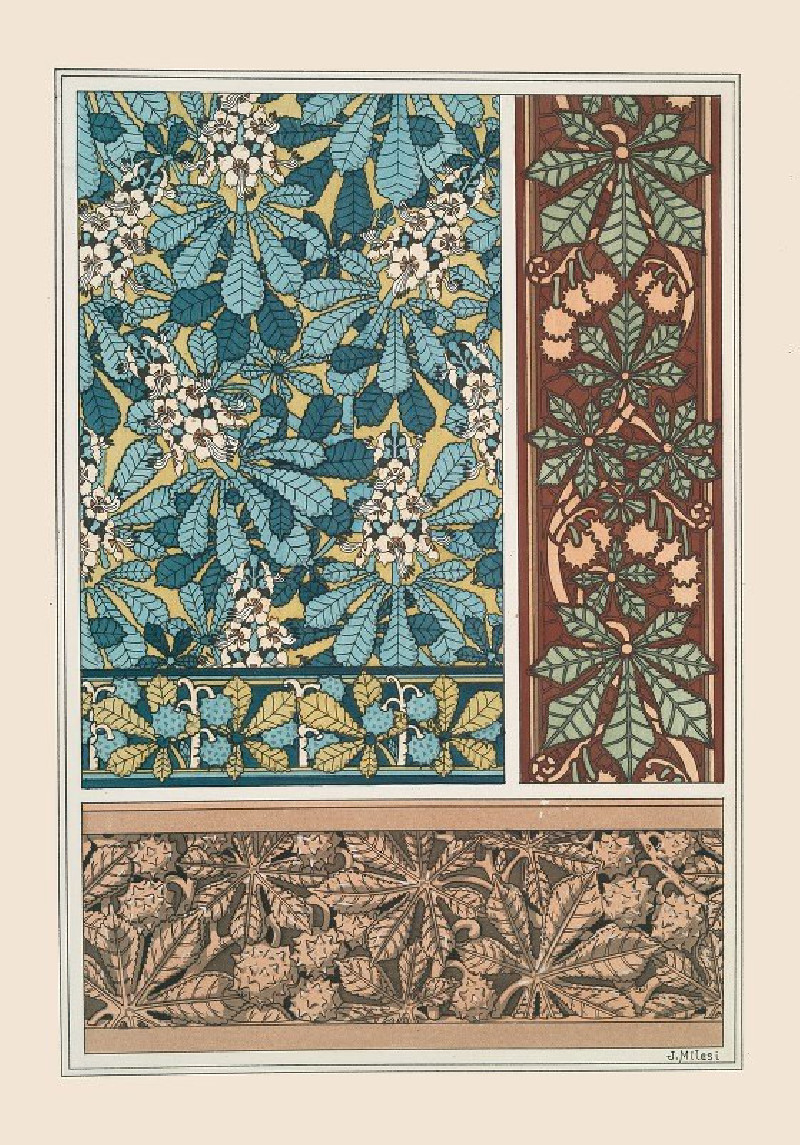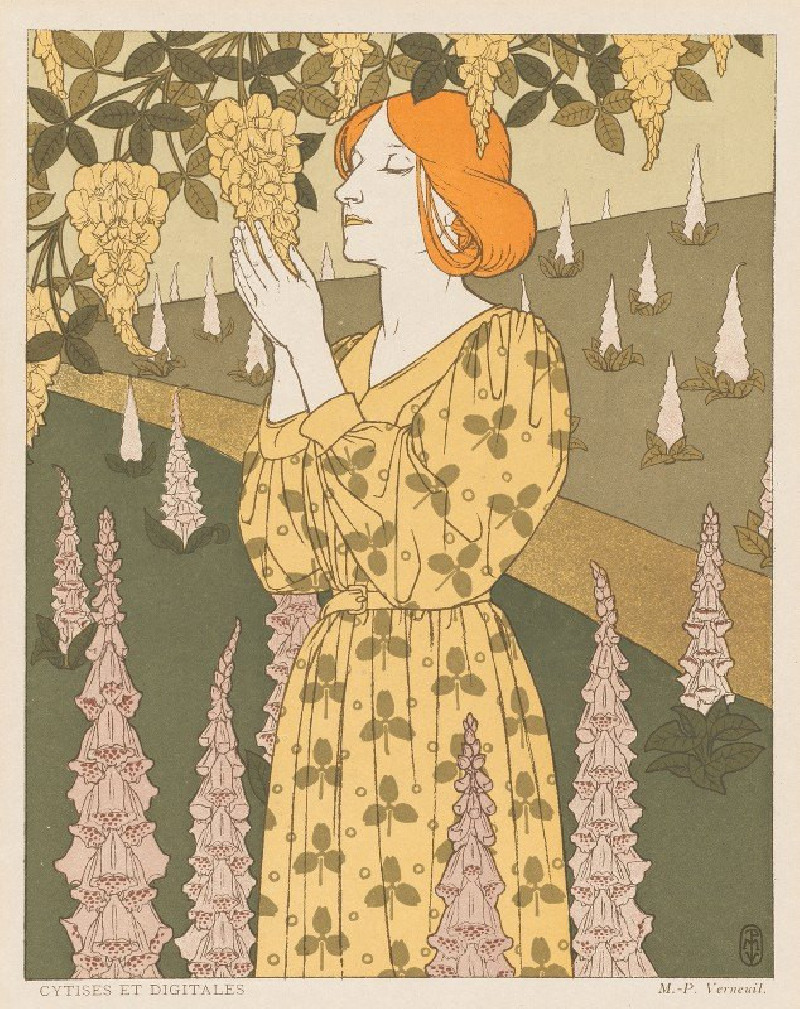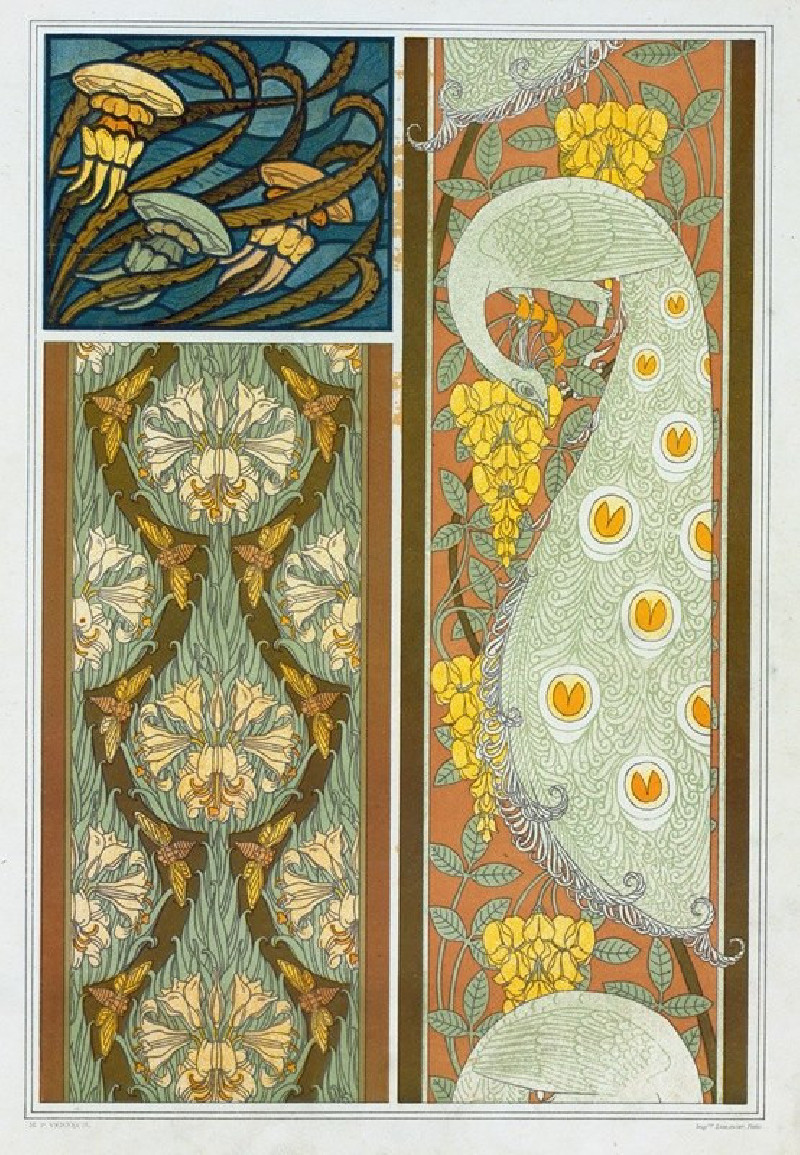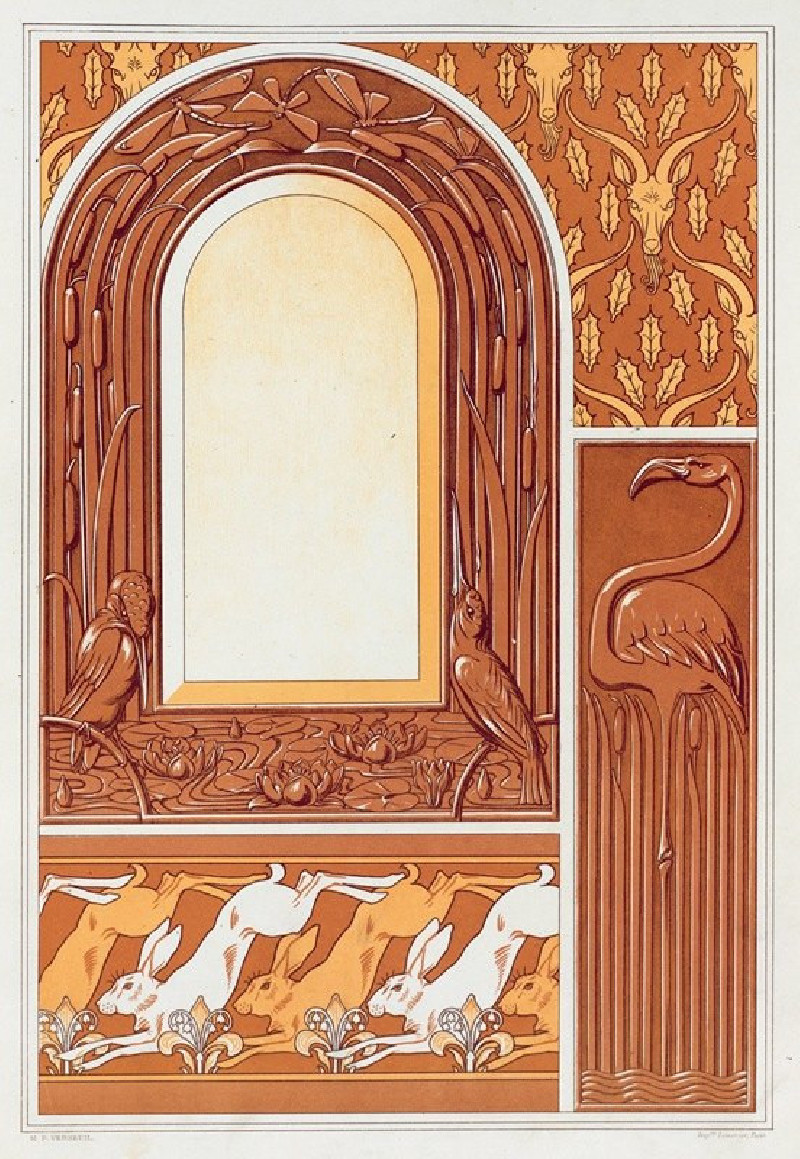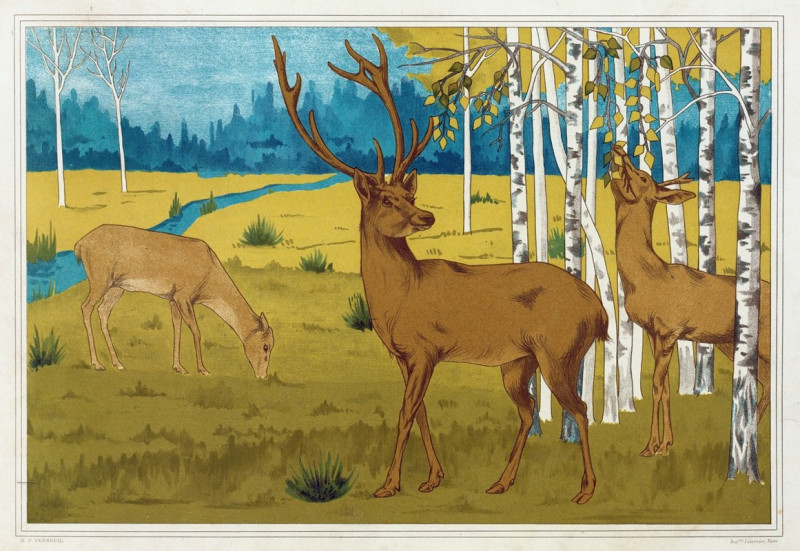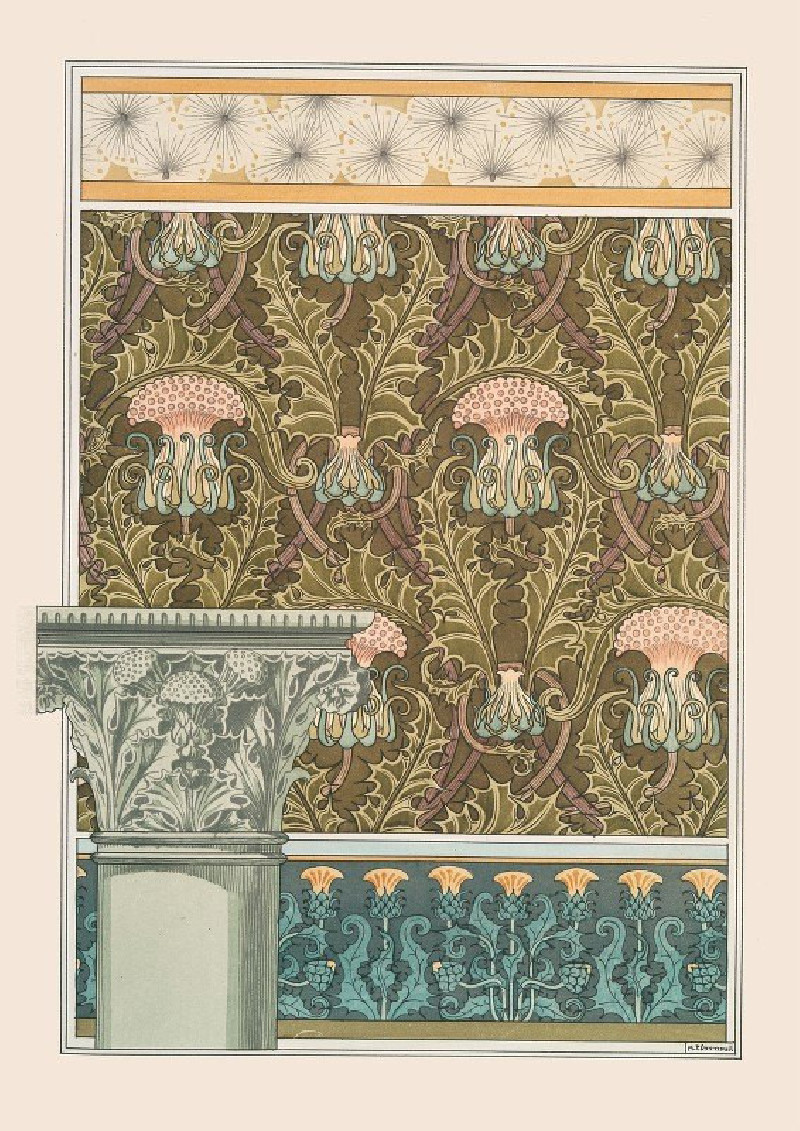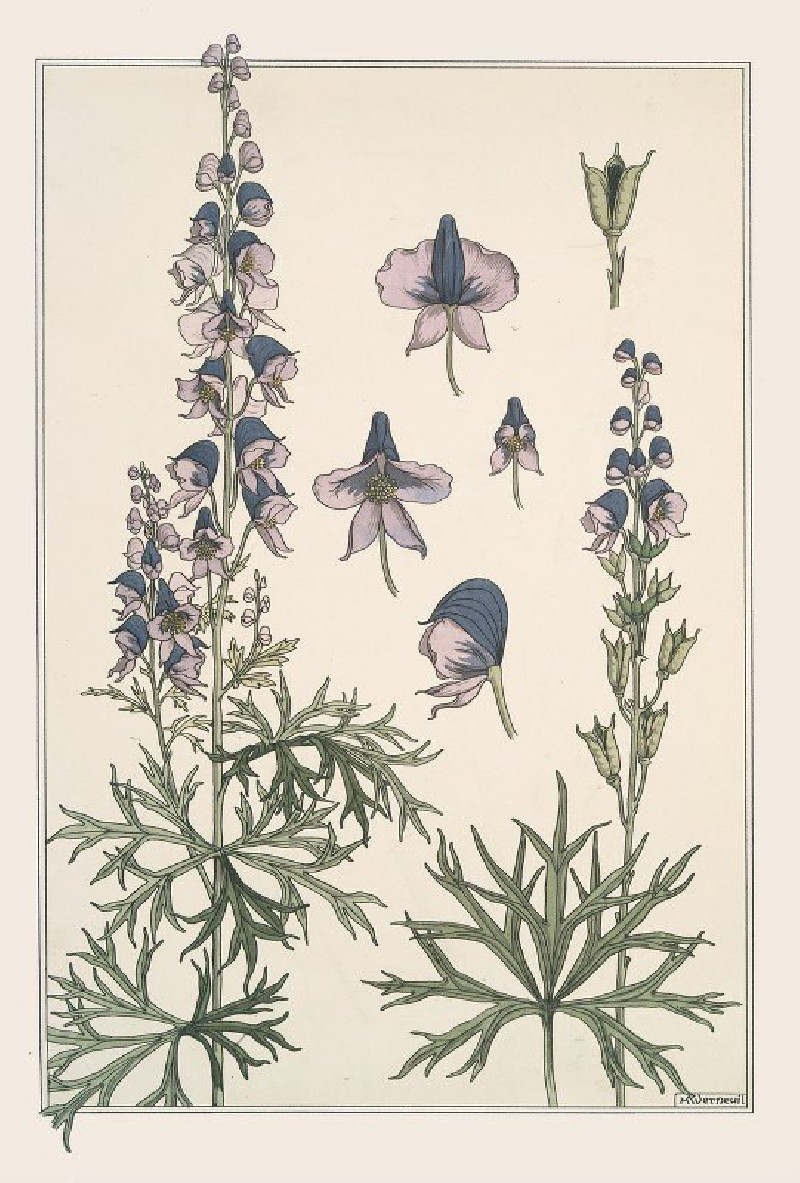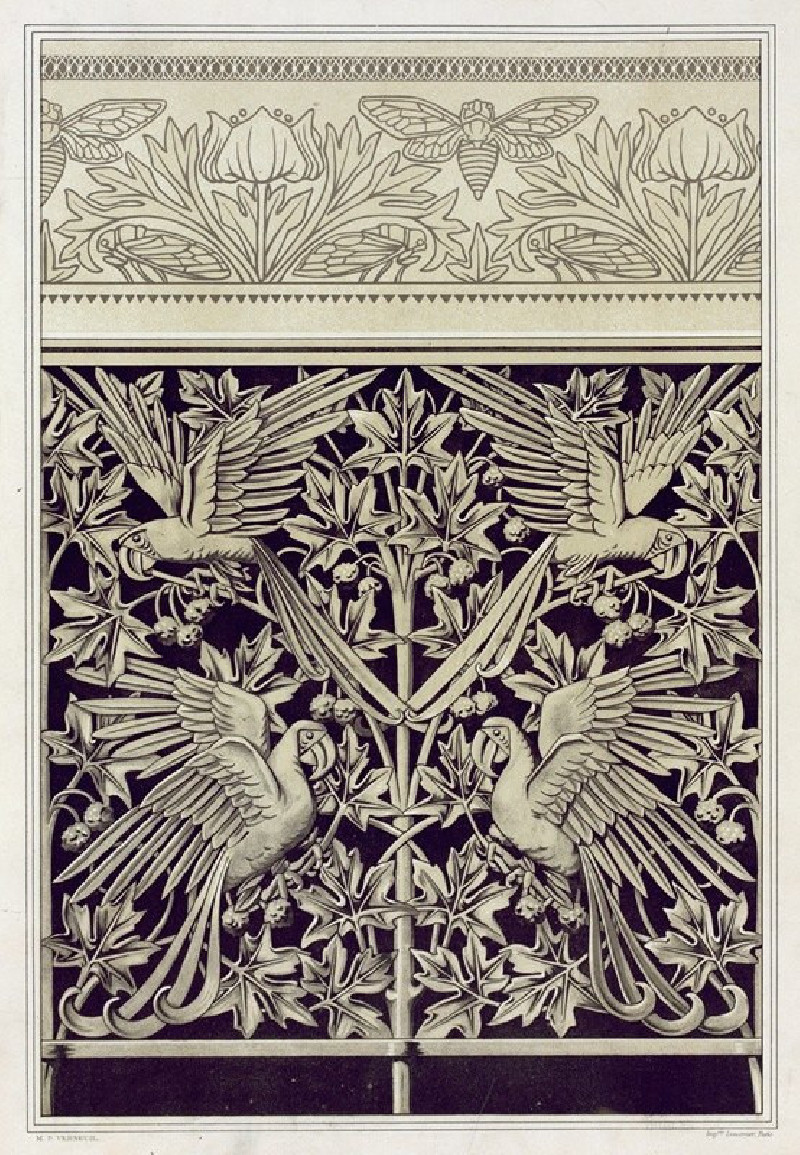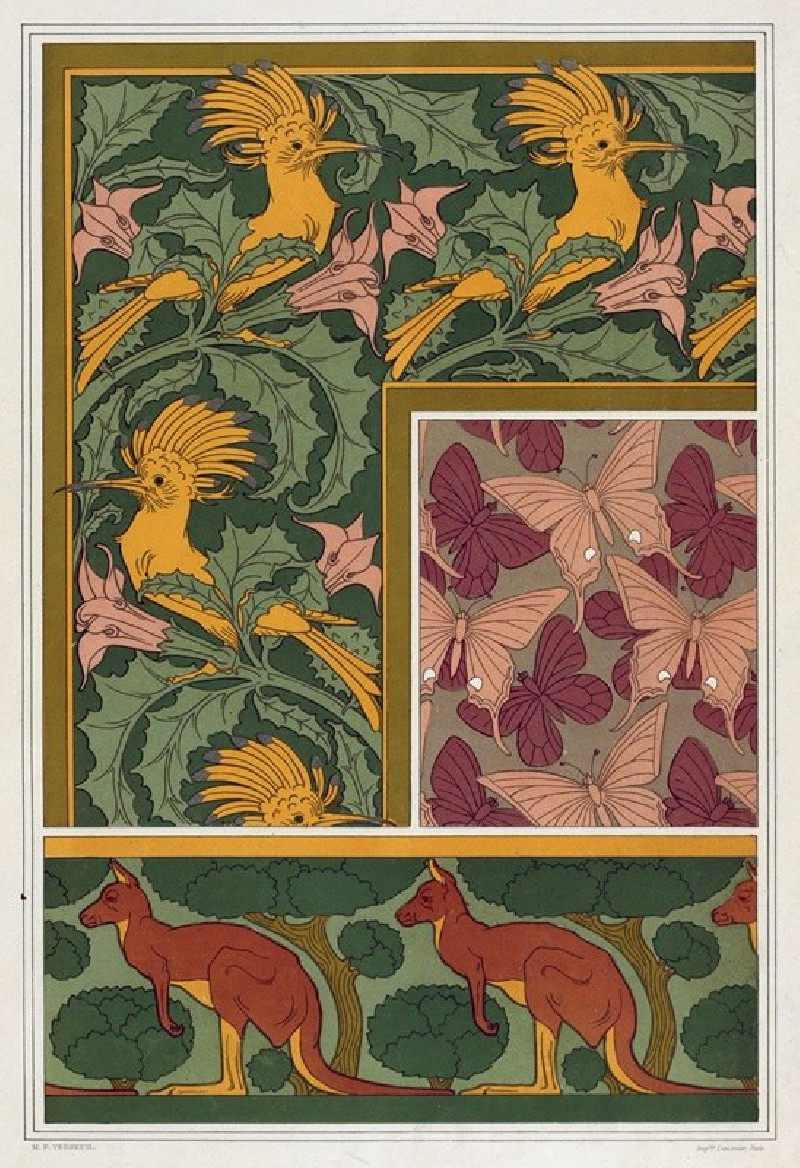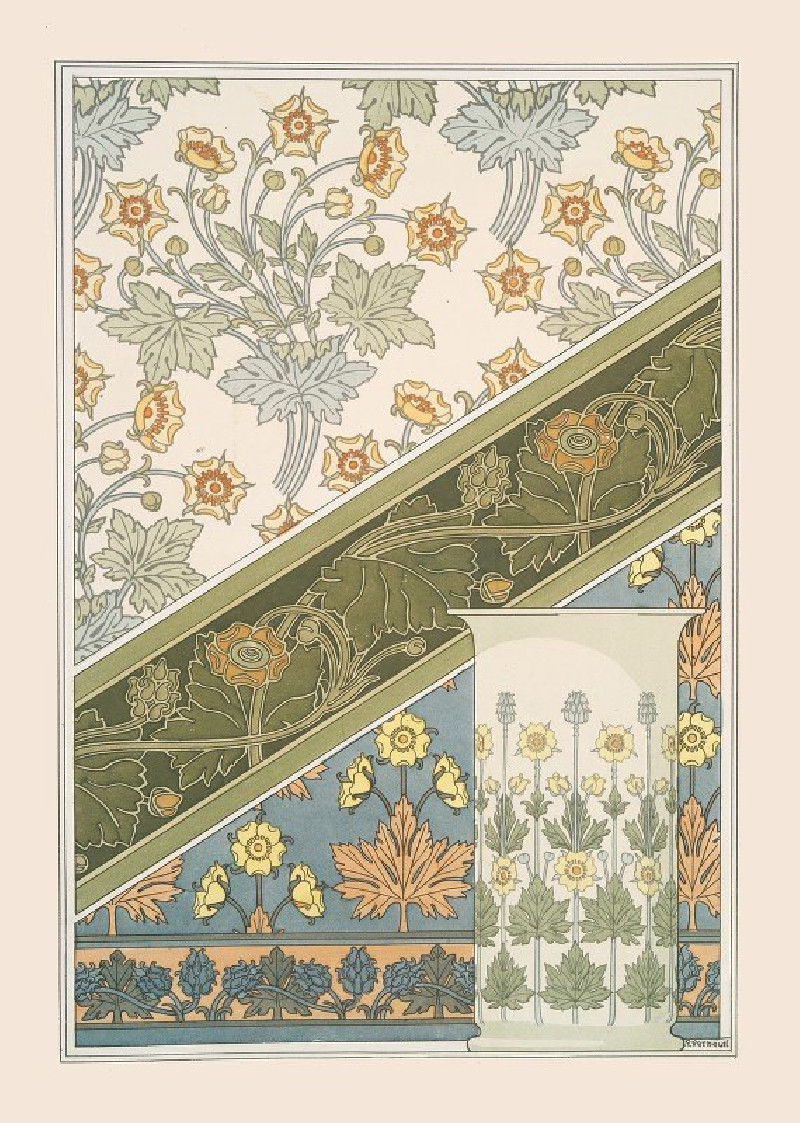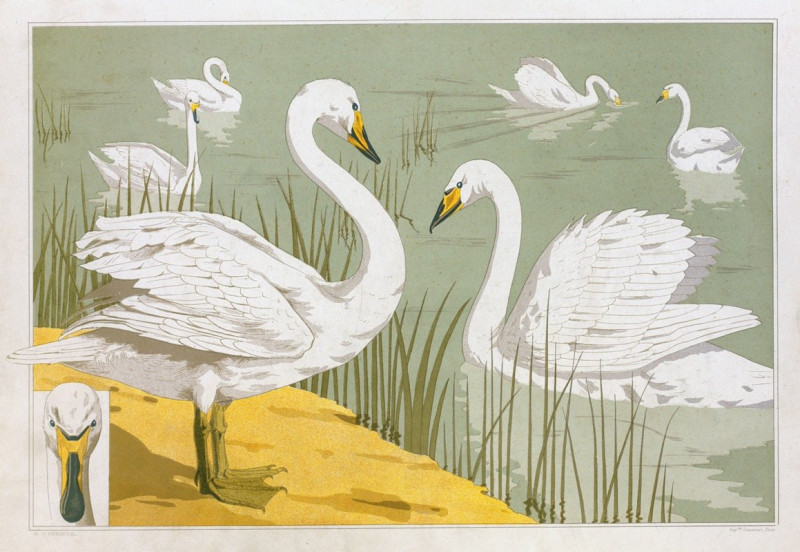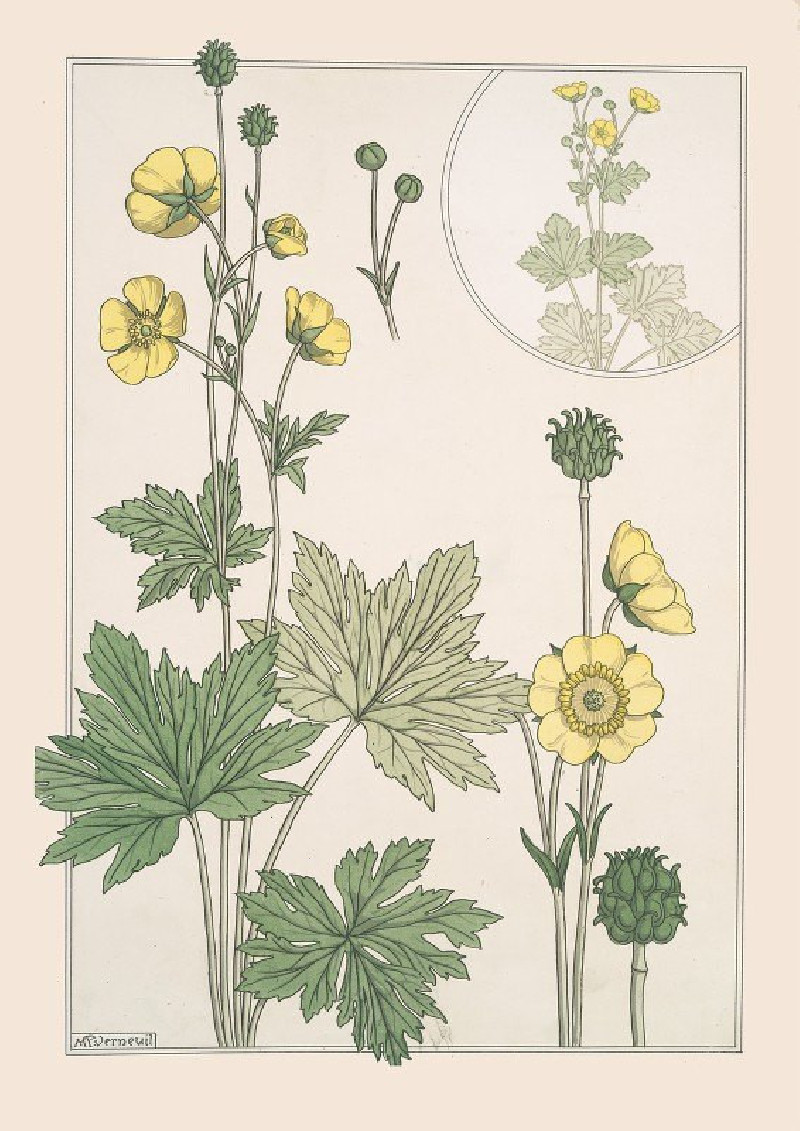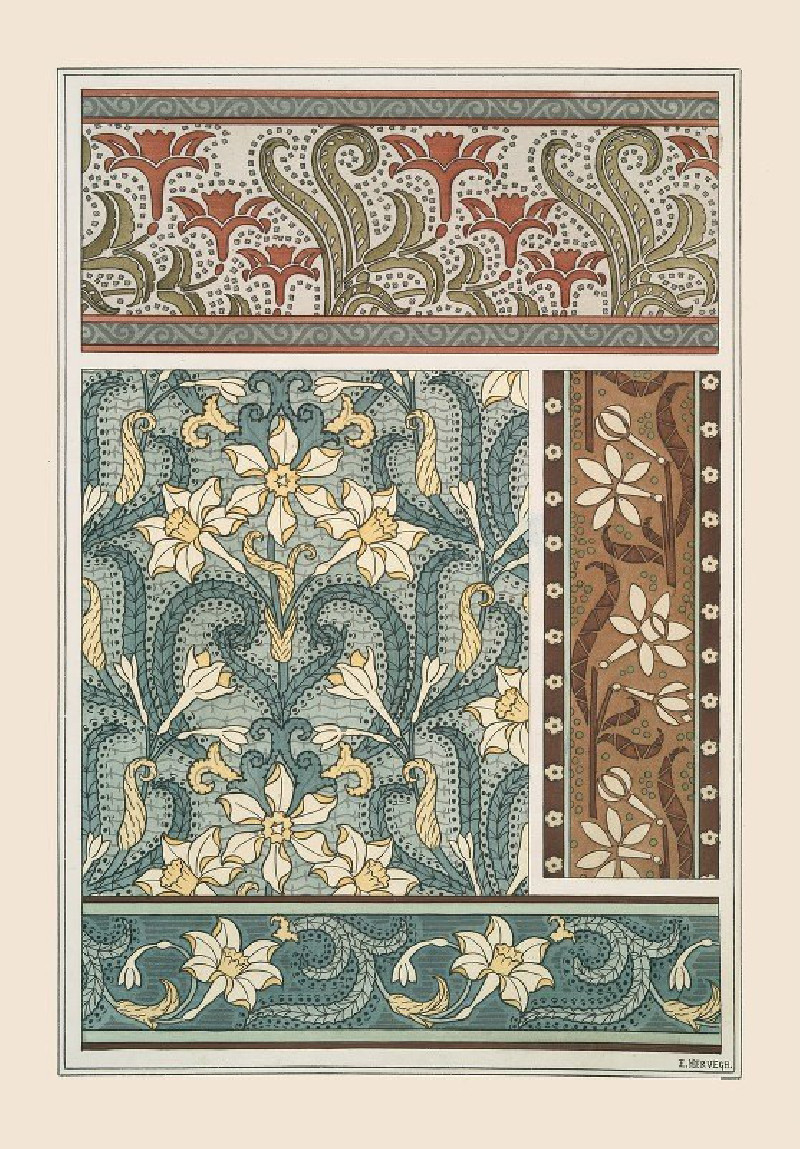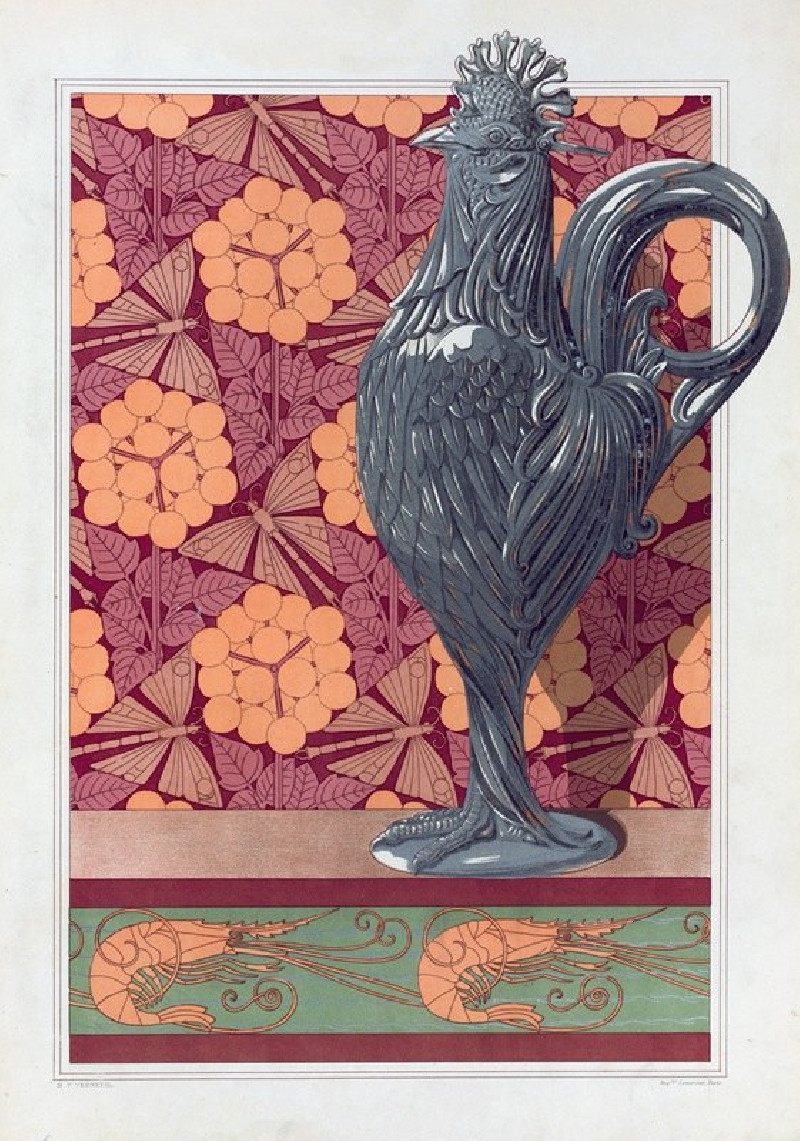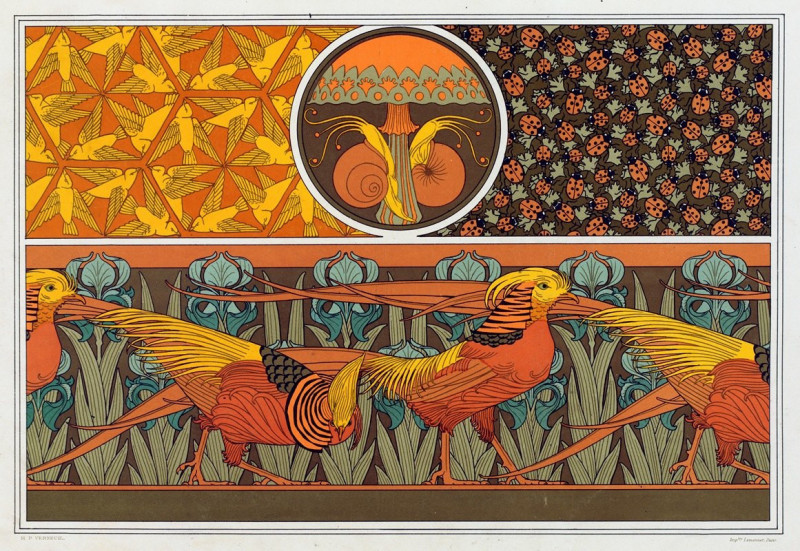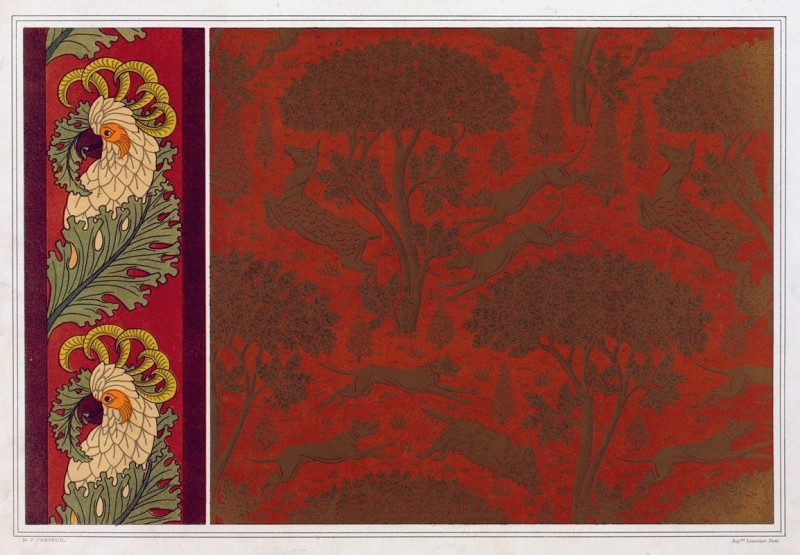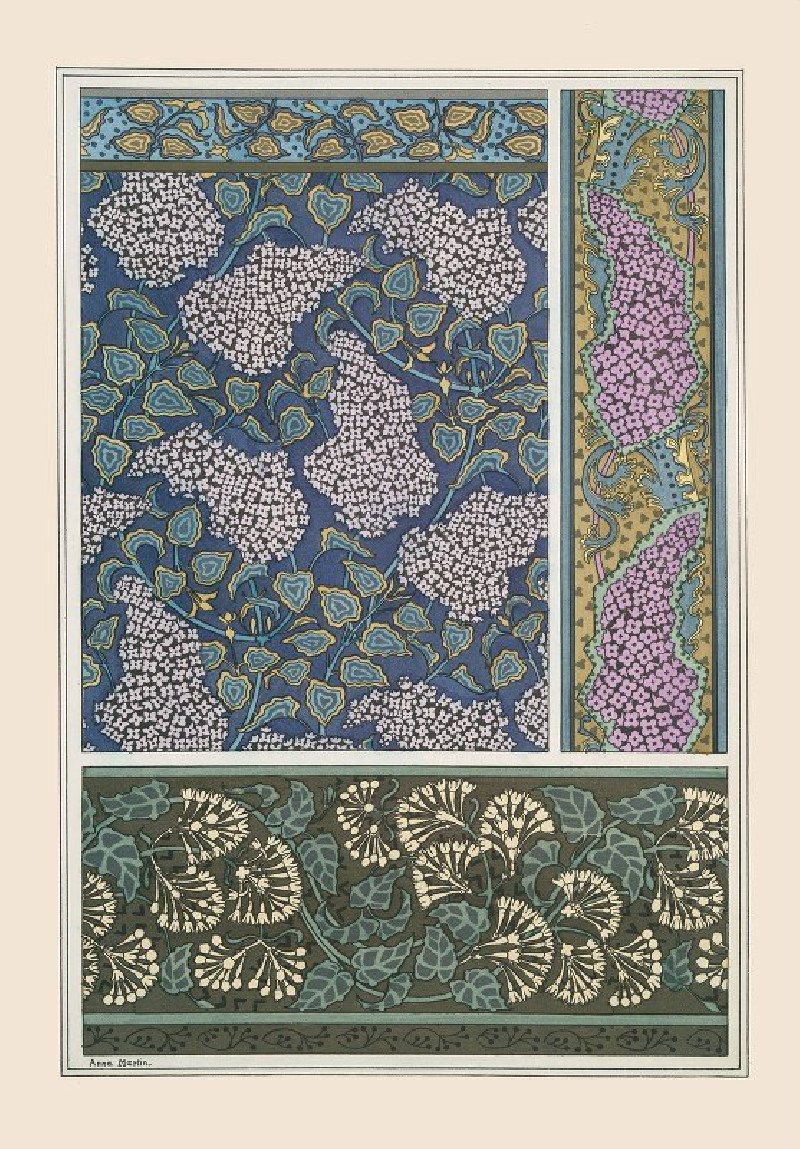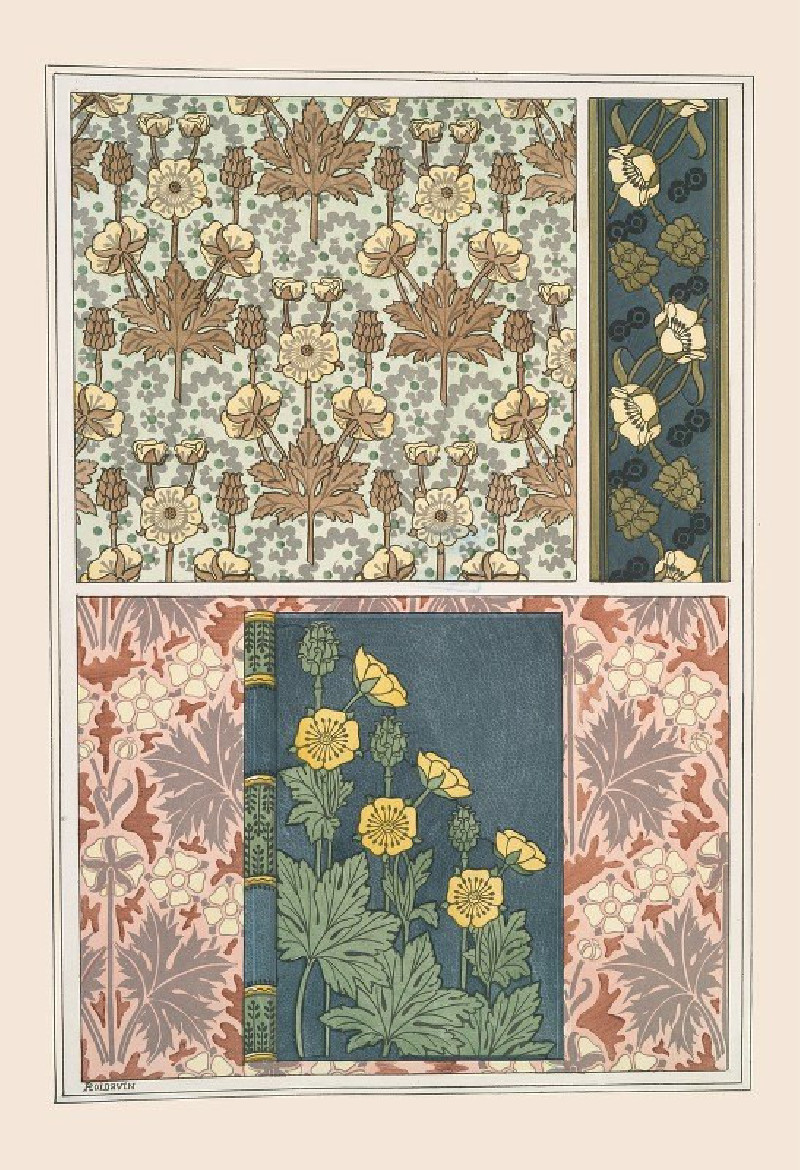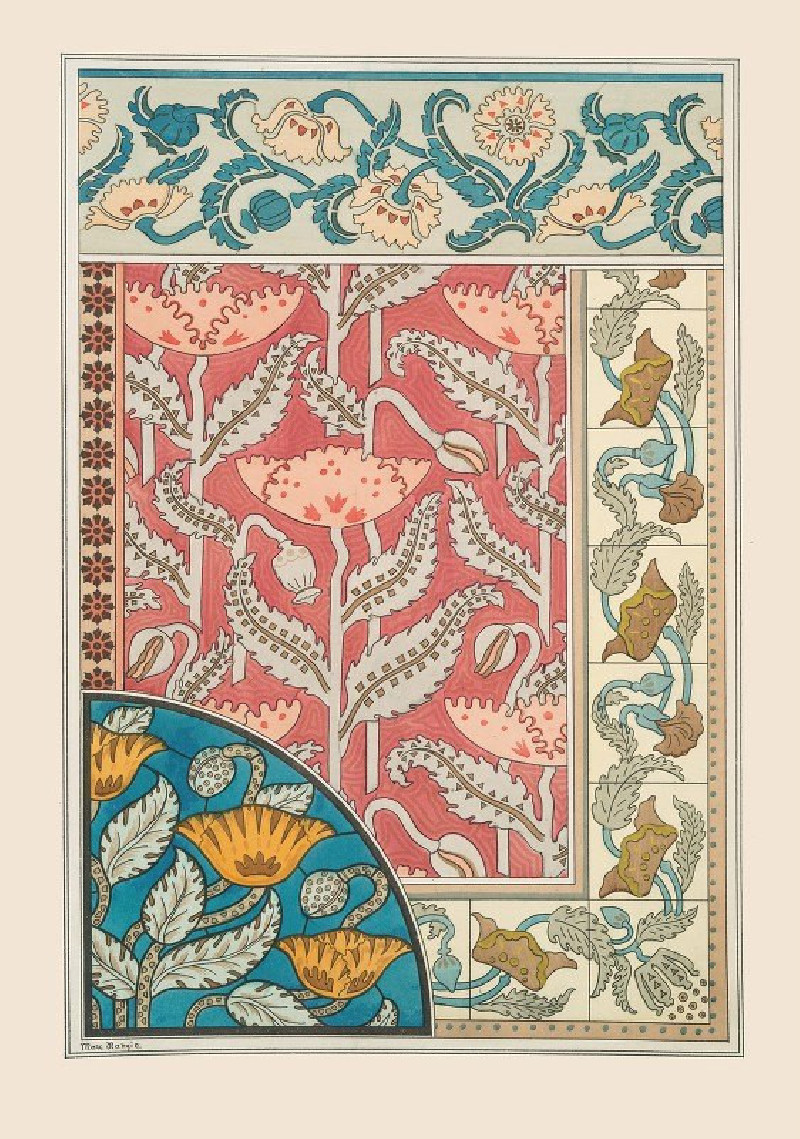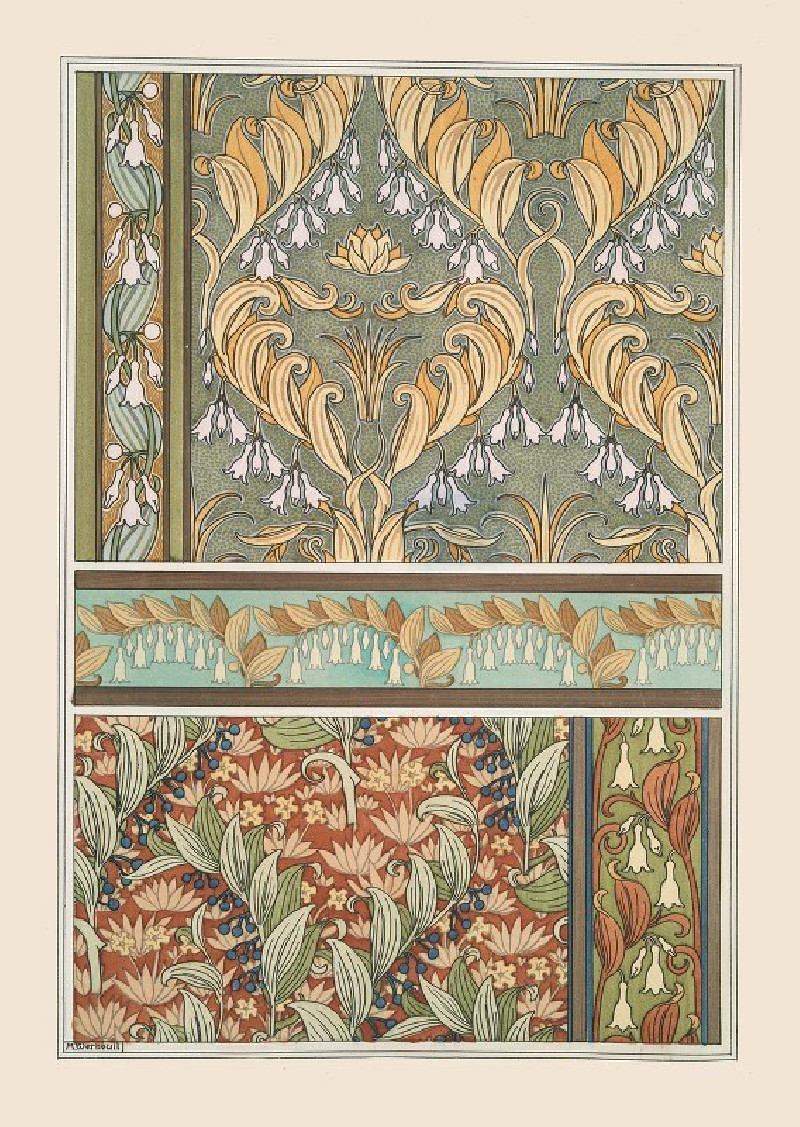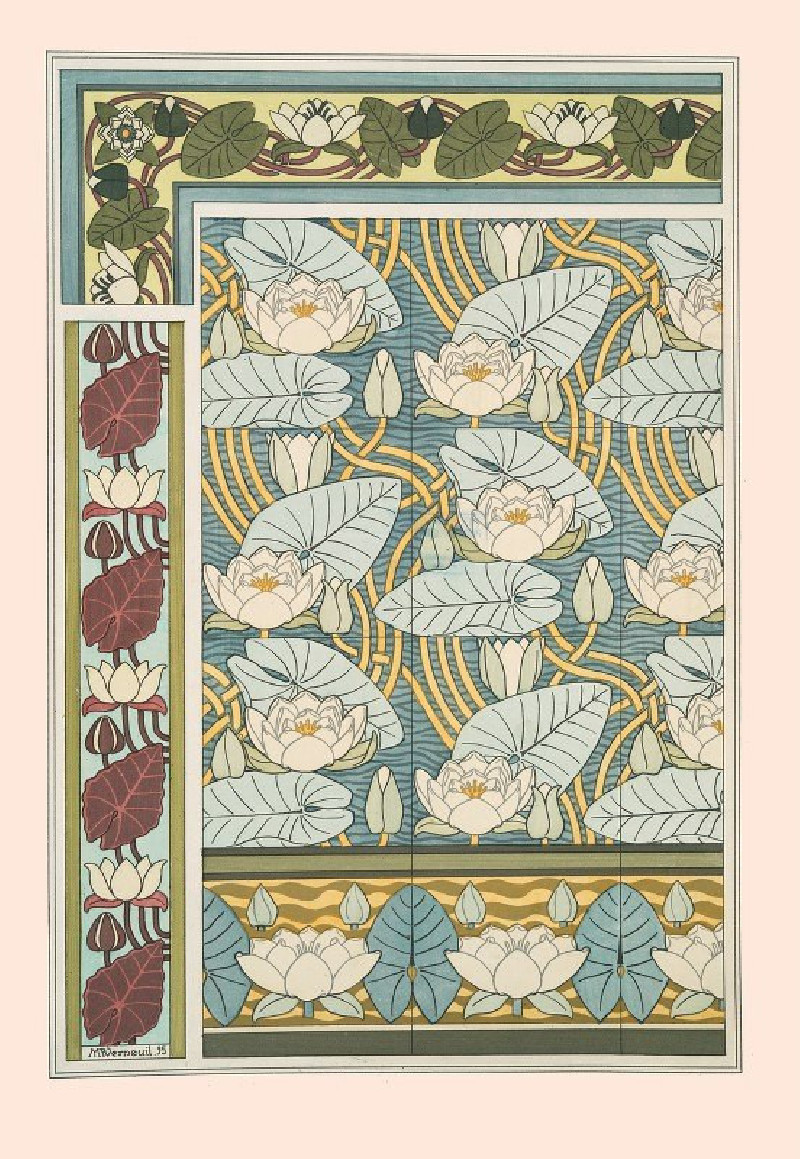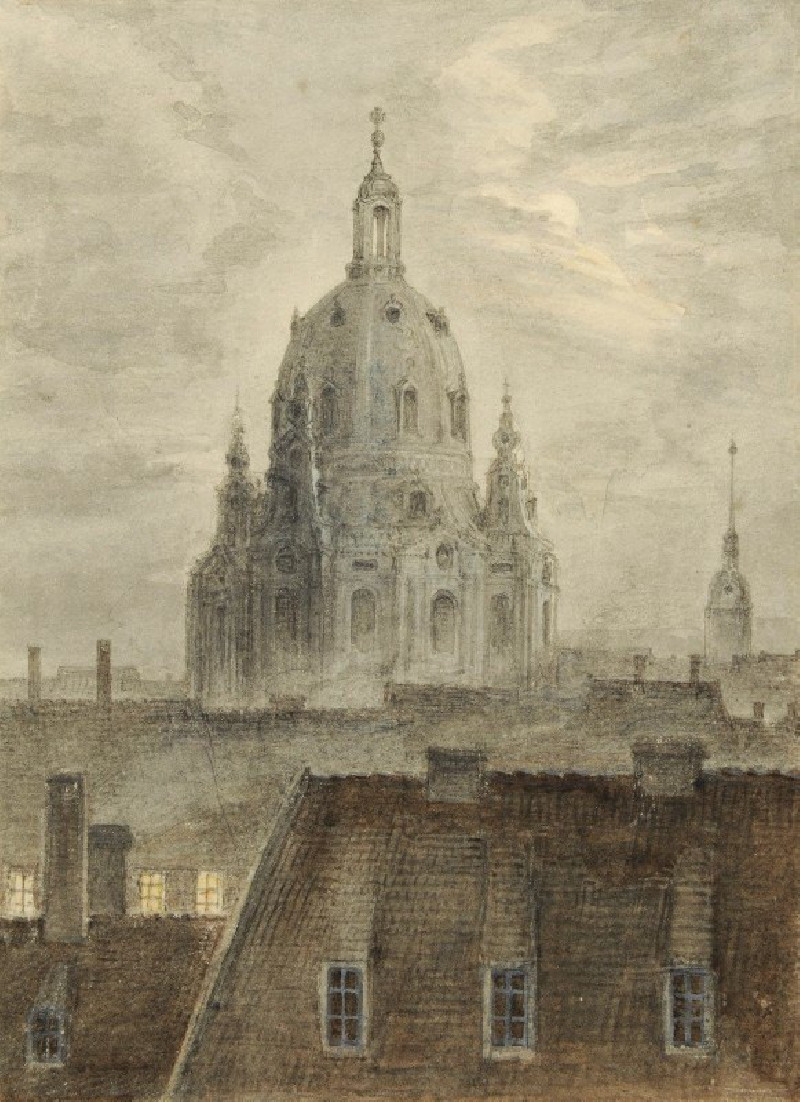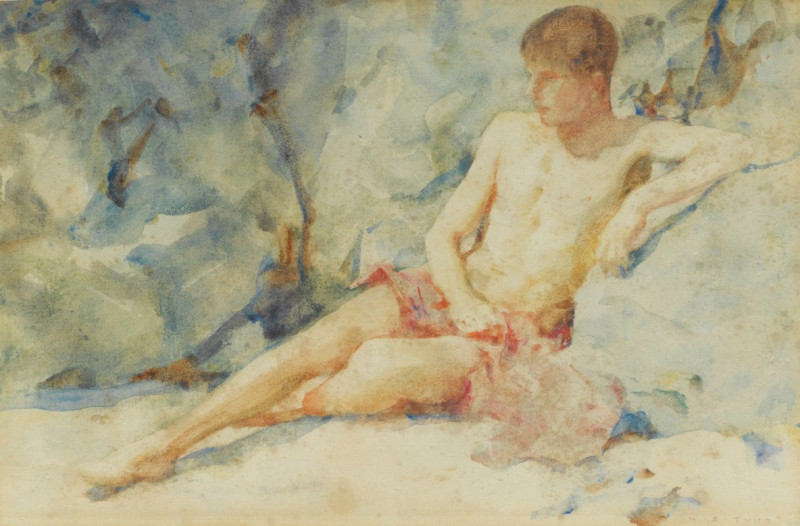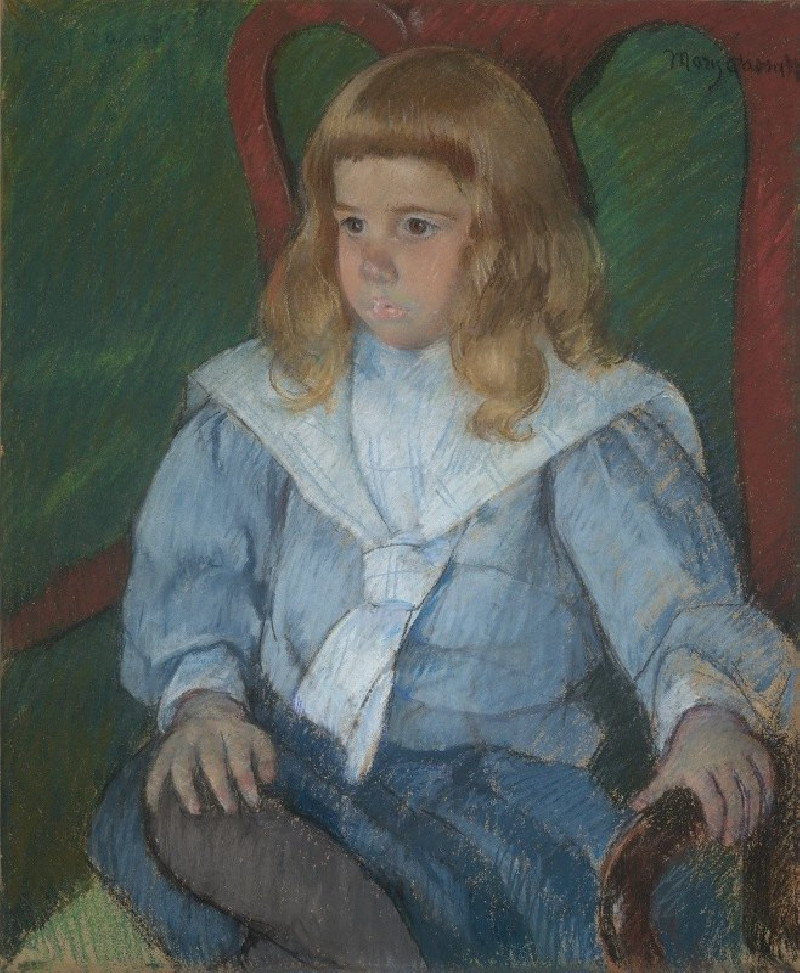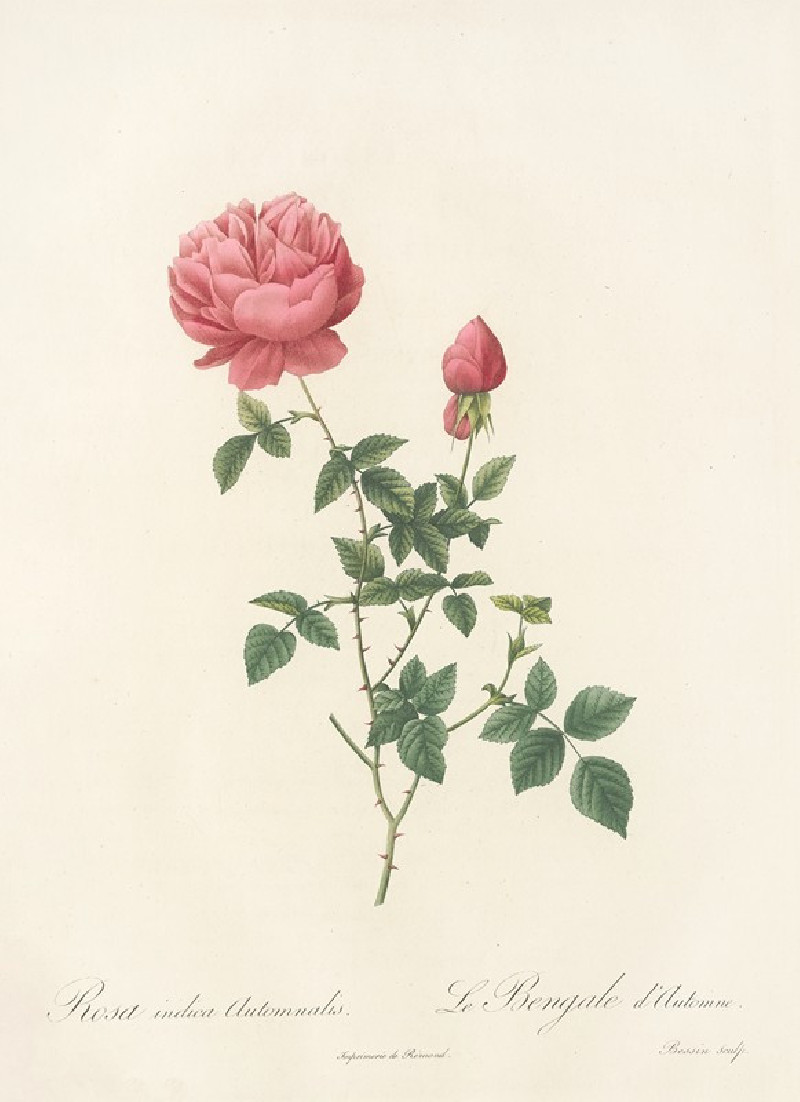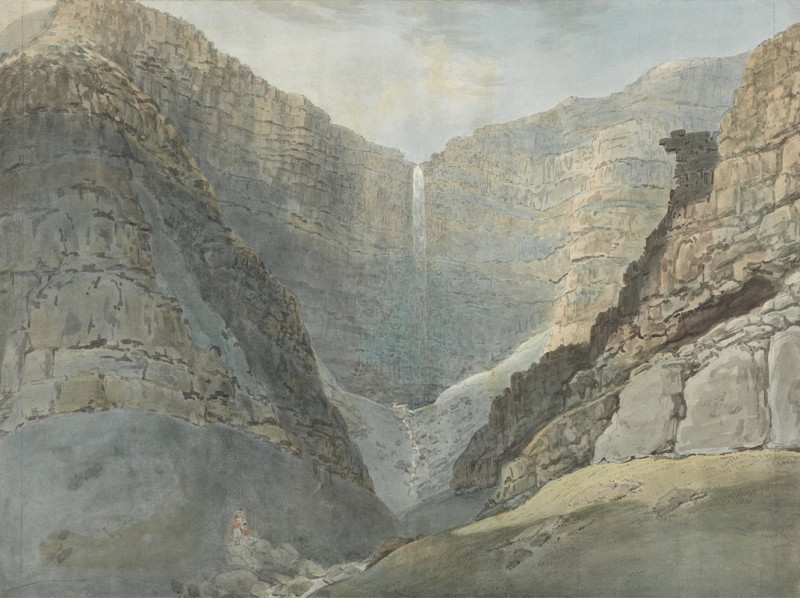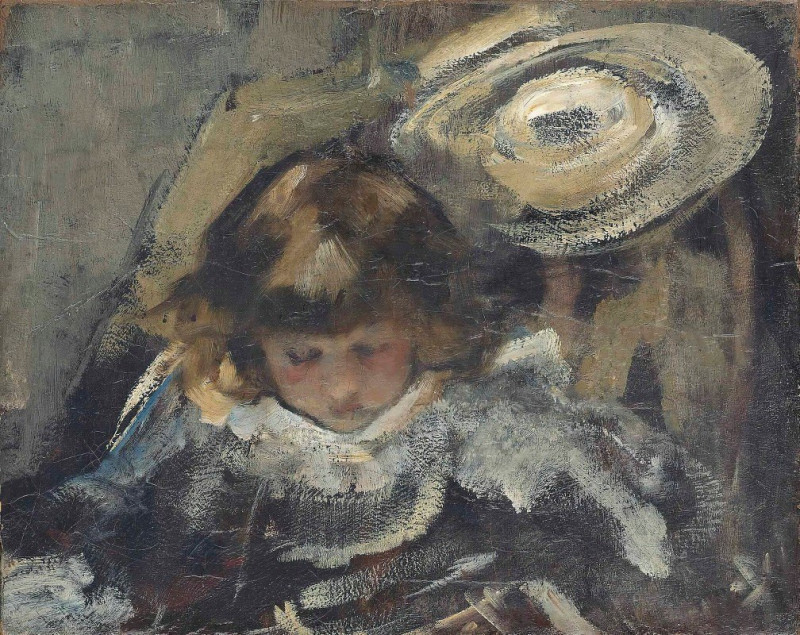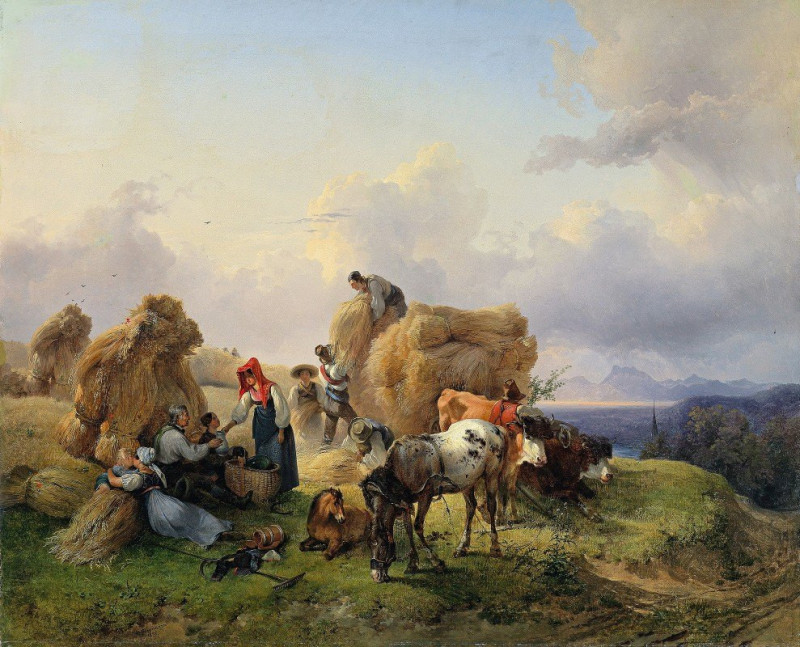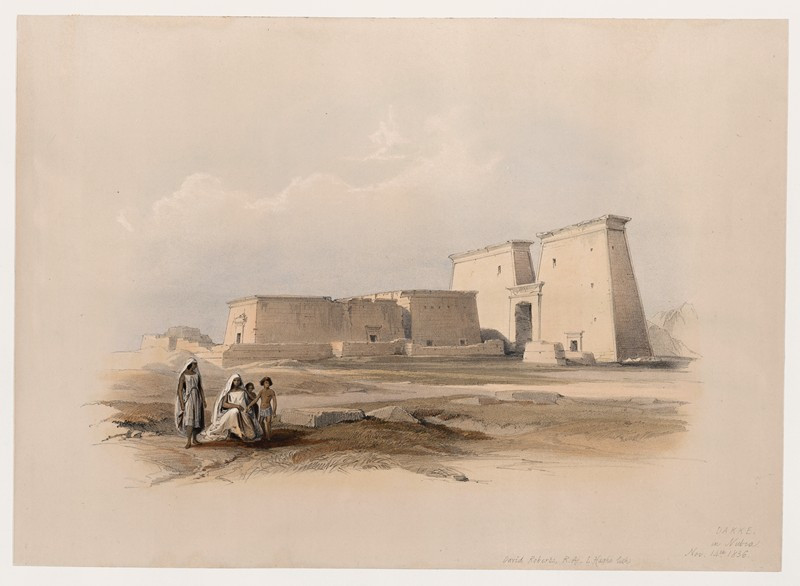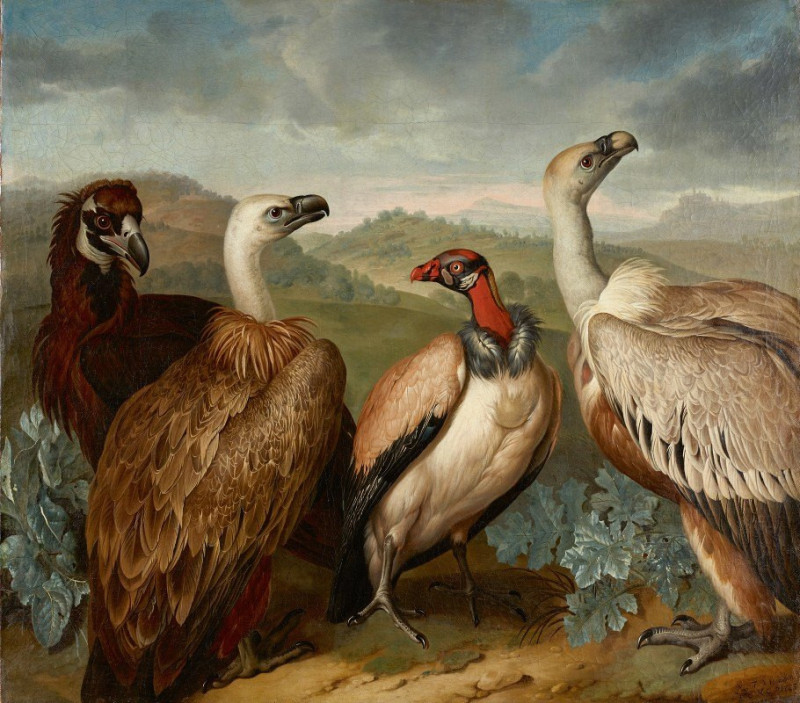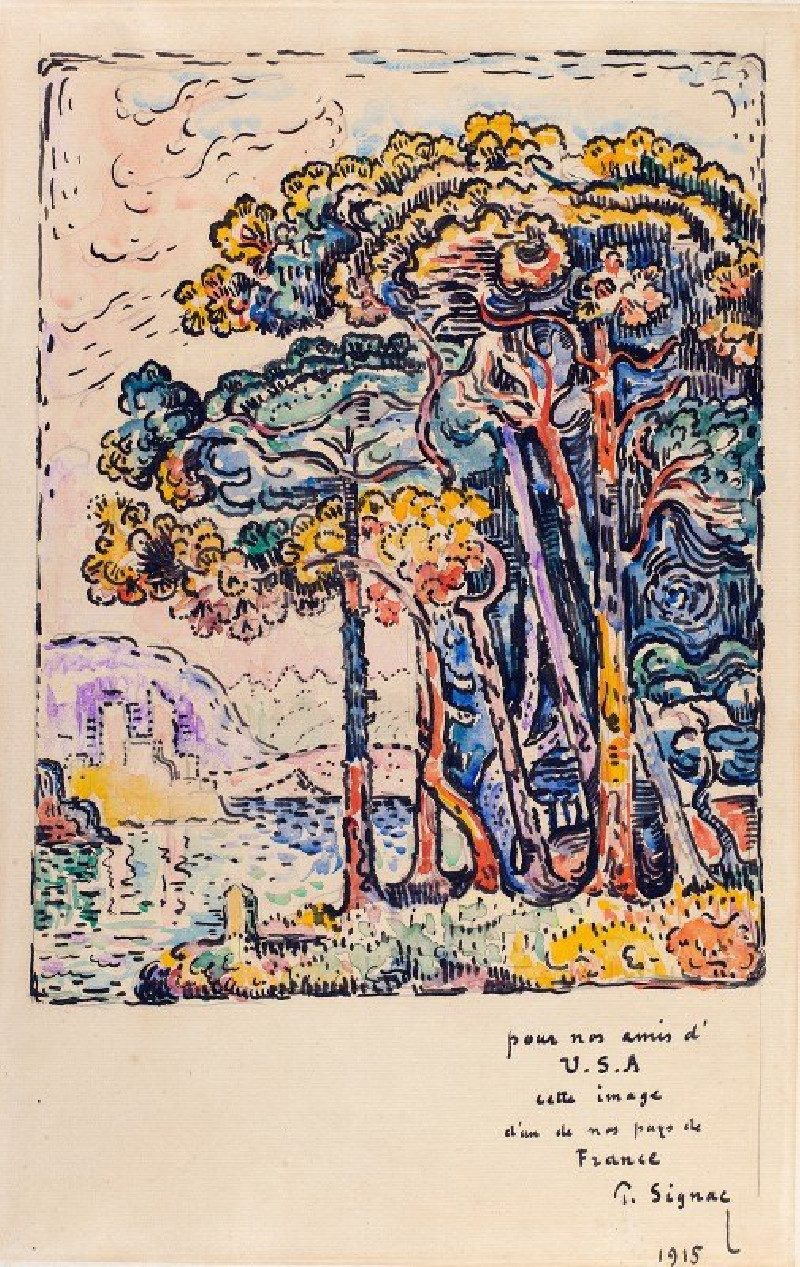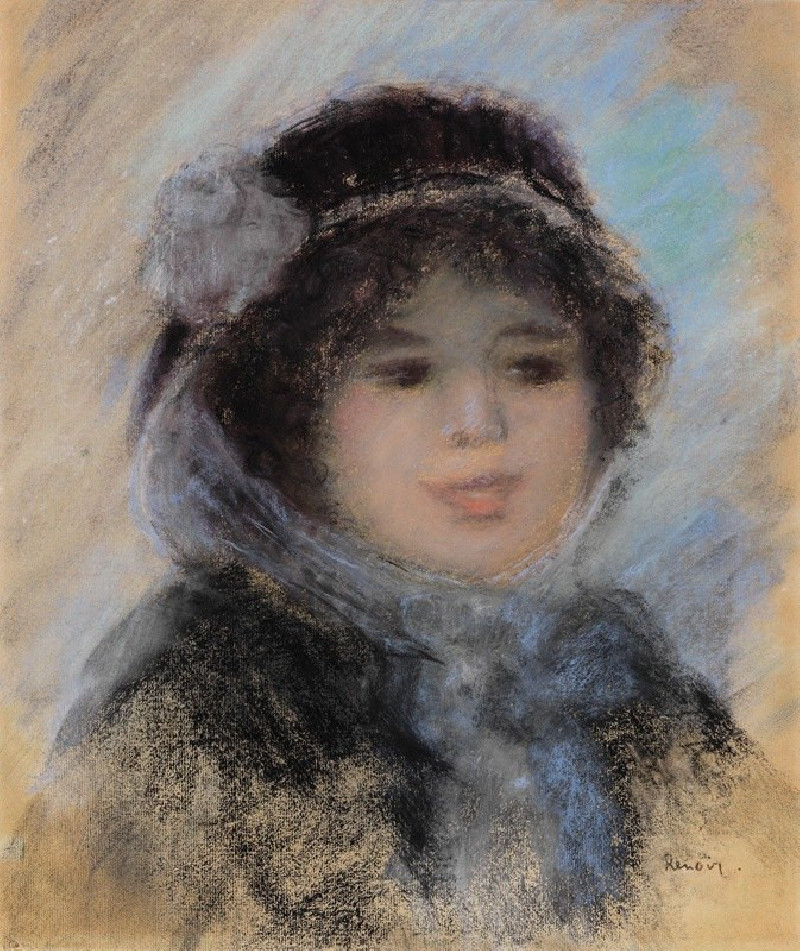Marronnier 2 (1896)
Technique: Giclée quality print
Recommended by our customers
More about this artwork
Discover the enchanting world of Maurice Pillard Verneuil's "Marronnier 2," a stunning artwork created in 1896 that showcases Verneuil's mastery in Art Nouveau design. This captivating piece is composed of three sections, each illustrating the delicate interplay of nature and artistic interpretation.The primary panel features a lush display of chestnut leaves and blossoms, rendered in a rich palette of blues, greens, and whites. This dense foliage, interspersed with intricate floral patterns, captures the vibrancy and intricate detail characteristic of Verneuil’s work. The artist's use of contrasting colors enhances the depth and texture, inviting viewers into a tranquil natural scene.Adjacent to this, a narrower panel provides a complementary elegance, exhibiting a symmetrical design with earthy reds and greens. This section depicts stylized plant forms and motifs, which resonate with the themes of growth and vitality prevalent in Art Nouveau.The lower strip of the composition adds a grounding contrast with its darker tones and more subdued motif of interlocking leaves and geometric patterns. This section anchors the composition, bringing a balanced harmony across the artwork."Marronnier 2" is not only a celebration of natural beauty but also a brilliant example of how art can imitate and stylize nature's forms for aesthetic admiration.
Delivery
Returns
Maurice Pillard Verneuil was a French artist and decorator in the Art nouveau movement. He was born in Saint-Quentin, France. Maurice Pillard Verneuil learned his trade from the Swiss designer Eugène Grasset. Maurice Pillard Verneuil then went on to become a well-known artist and designer. He was inspired by Japanese art and nature, particularly the sea. He is known for his contribution to the art deco movement and, in particular, his use of bold, floral designs in ceramic tiles, wallpapers and other furnishing textiles.

